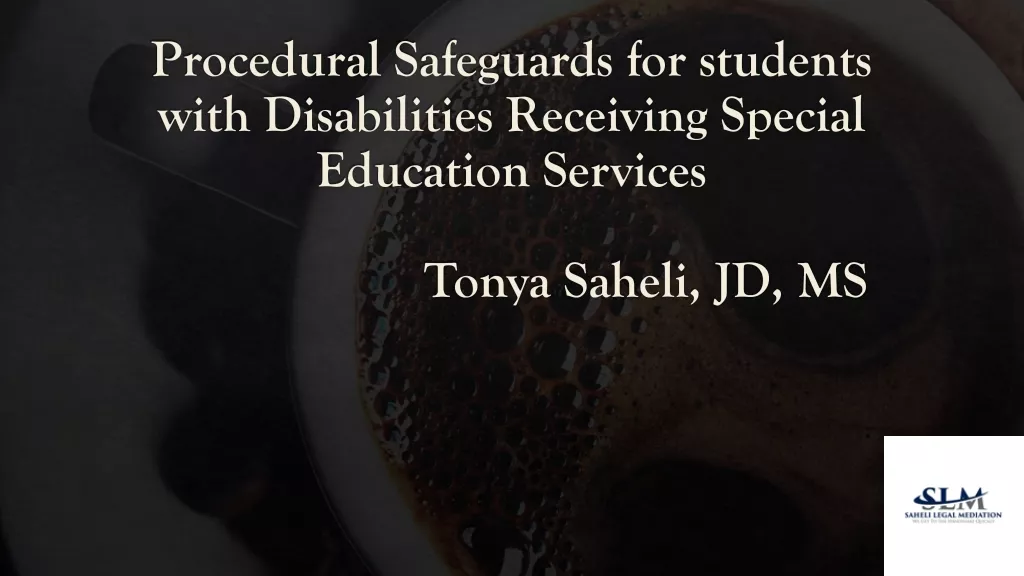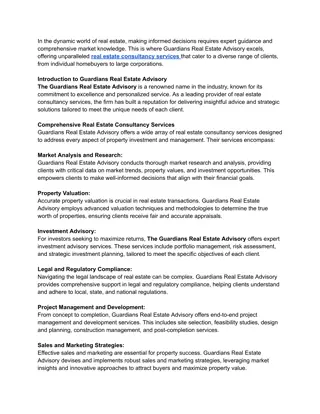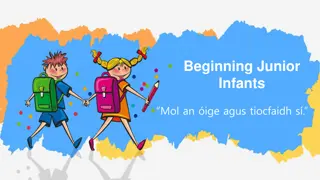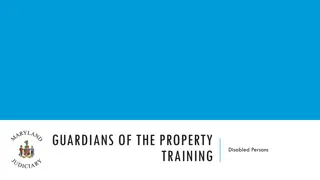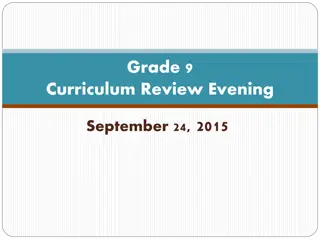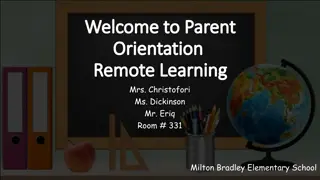Enhancing Home Learning: Tips for Parents and Guardians
Discover strategies to support your child's education, foster effective communication with teachers, and encourage reading habits at home. Stay engaged with school events, utilize Google Classroom for assignments, and monitor progress through pupil planners. Enhance spelling skills through interactive activities and promote a positive learning environment.
Download Presentation

Please find below an Image/Link to download the presentation.
The content on the website is provided AS IS for your information and personal use only. It may not be sold, licensed, or shared on other websites without obtaining consent from the author.If you encounter any issues during the download, it is possible that the publisher has removed the file from their server.
You are allowed to download the files provided on this website for personal or commercial use, subject to the condition that they are used lawfully. All files are the property of their respective owners.
The content on the website is provided AS IS for your information and personal use only. It may not be sold, licensed, or shared on other websites without obtaining consent from the author.
E N D
Presentation Transcript
Communication Communication The key to a successful working The key to a successful working relationship relationship FAMILIES (PARENTS & CARERS) Check the Calendar of Events regularly Read the newsletter Attend parent teacher consultations Communicate effectively with the class teacher via email lcowell@hogarth.hounslow.sch.uk or google classroom. Notify the school of any issues of concerns which may affect a child s well- being or learning as soon as possible Respond promptly to requests from the school for information regarding your child(ren)
Home Learning Home Learning Traditional homework is scientifically proven to have very little impact on pupils learning Aims of home learning To give children an opportunity to practice basic skills linked to learning in school. To engage all children in learning in a cross curricular manner. To allow children to shine in all subject areas To generate pride and excitement about what they are producing Research says that home learning which has the most impact on learning is practising basic skills through repetition and giving children ownership over what they are doing.
Every Home Learning Home Learning Reading Reading at home, whether to an adult, with an adult, or being read to by an adult is the most important form of homework. Children are encouraged to read regularly for their own development and also for enjoyment. The frequency that books are taken home from school varies with age. Nursery & Reception Children will take home 2 books a week. One levelled book and one choice book that parents can read and share with them at home. We encourage books to be re-read several times as the evidence shows this has a positive impact on children s learning. Children will take home 2 levelled books a week, plus one choice book that parents can read and share with them at home. In Year 1, children will also take home their RWI book / pack. Children will independently choose a new home book. These are to be brought in daily and changed when completed. Years 1 & 2 Years 3 - 6
Home Learning: posted on Google Classroom Home Learning: posted on Google Classroom PUPIL PLANNERS Every child has a Pupil Planner with a dedicated space to record children s reading at home. Should be filled in when children read or are read to. Enables us to see how much reading is being done at home. Each entry needs: the date, the book being read, how much was read and any comments about how they got on. Children in Years 5 & 6 may begin to complete this section of the Pupil Planner themselves. Pupil Planners should be brought in daily to be checked in class. Pupil Planners will be signed at least weekly by the class teacher. SPELLING Spellings / phonic patterns will be sent home weekly. Research indicates that the best way for children to learn the spelling of more complex words is to use them in the correct context. Children s understanding of the meaning and spelling of these words or of the phonic pattern will be checked through a dictated passage on a weekly basis. Year Group Noticeboards (website) will give ideas for different ways to make spelling practice fun. Children have personal log-ins to access vocabulary and spelling activities via the PiXL Vocab App (free download from the App Store, Google Play, Amazon App) and Doodle https://vocab.pixl.org.uk/
Home Learning Home Learning Multiplication Tables National Curriculum expectation: all children know a range of multiplication tables and facts (at least up to 12 x 12) by the end of Year 4. To support this, children will note their Challenge Level weekly in their pupil planners. Children in Years 3 6 can use their personal logins to access the PiXL Times Table App (free download from the App Store, Google Play, Amazon App Store). https://timestable.pixl.org.uk All children can also access Times Tables practice activities using their individual logins to Doodle Maths. The practice children complete at home will help to prepare them for a timed test in class. It will also help them substantially with their written methods and mathematical problem solving, as they will be able to focus on their reasoning rather than calculations that need to be known by heart. Mathematics Years 1 6: children use the online learning platform of MyMaths (or Doodle Maths) to build on their maths learning in class. My Maths includes tutorials to support children and parents with methods. In Years 1 4, My Maths or Doodle Maths will form the main Maths home learning. There will be 3 tasks set weekly on a Thursday. These tasks will help the children to practice and consolidate in- class learning. For Years 5 & 6, there may be a mixture of written maths home learning and My Maths activities. These tasks will help the children to practice and consolidate in-class learning, as well as revising and revisiting previously learned concepts. Home learning tasks will be set on a Thursday.
Half Termly Creative Home Learning Creative home learning is one of the fundamental principles that underpins our Home Learning Policy and an important way for us to build effective home school partnerships. This is because we believe that learning continues beyond the classroom. Home Learning Home Learning Years 5 & 6 Grammar Home Learning To help support the older children s grammar learning, they will be set a short weekly grammar home learning task to consolidate and practice skills taught in class. Tasks will be set on Thursday. Children will be introduced to their new creative topic at the start of each half term. Creative home learning tasks all link directly to the topic being studied in class and will support the children s learning by giving them opportunities to learn new knowledge around their topic, explore a particular area of interest in more depth or further develop their skills. Key Stage 2 (Years 3 6): Write That Essay A selection of different tasks will be provided and displayed on the Year Group page at the start of each half term. Families and children are encouraged to choose one (or more) of these projects to work on together at home, so that parents and carers can share in and further enrich the learning that is taking place in class. We encourage all children to log into write that essay daily to complete a short daily writing challenge (10 minutes). Children enjoy the platform, particularly the instant feedback and diagnostic tools. Holiday Home Learning We place great value on children having opportunities to spend time with their families, playing, talking and having fun so we will not set homework over school holidays. However, we do expect children to read or be read to every day. Children will also continue to be able to access fun learning activities online or via the Apps. At the end of each half term children should bring their creative home learning work in to school. At the end of each half term, parents will be invited to a Celebration of Learning open afternoon to give families an opportunity to celebrate the topic work their children have been completing in class and to see how this links to the projects they have worked on together at home. A selection of pieces will be put on display in shared year group areas, as well as in the school library and front office.
Home Learning Home Learning WHOLE SCHOOL HOME LEARNING Sometimes, children are asked to contribute to an activity or concert by learning words to a poem, play or song etc. Learning by heart in these situations helps children develop techniques for learning, contributes to their self-esteem by giving them an opportunity to experience success and participate fully in the activity. It also contributes to the whole school ethos, developing a sense of responsibility for team success. Families and children are encouraged to value this home learning so that it is done alongside any other home learning set by the class teacher. Home learning that is not being completed Parents are encouraged to talk to their child s class teacher if their child is unable or unwilling to complete home learning tasks independently. This is so that class teachers can provide additional support to families. We will also offer some after school homework clubs in the school library for parents to support their children in a friendly and hardworking atmosphere. If you would like to attend any of these sessions, please speak to your child s class teacher. Class teachers will discuss any concerns about home learning tasks initially with children and then parents in order to find out the reasons behind incomplete tasks. Overall, the responsibility for ensuring children are doing their home learning rests with families, but teachers will offer support if needed. MARKING All weekly written home learning will be marked. All online activities will be monitored by class teachers weekly. Creative home learning will be shared amongst the children s peers and they will have the opportunity to receive peer and teacher written feedback, as well as completing some self- assessment. Families will be invited in to celebrate creative home learning projects half-termly.
School Uniform School Uniform White short or long-sleeved logo d polo shirt Grey logo d V neck cardigan or jumper with double gold stripe Plain grey trousers, shorts, skirt, pinafore or gingham dress (in summer) Plain long or short, grey, black or white socks or tights Sensible black flat shoes or boots (in winter) Black reversable logo d school coat or plain black or navy coat (Winter is coming!) Grey or black scarf, hat and gloves Grey, black or white kippa or turban Grey, black, white or yellow hijab Plain grey, black, white or yellow hair accessories (shoulder length hair tied back) Black logo d rucksack or plain black rucksack
PE Kit PE Kit White logo d sports top with house coloured sleeves Black shorts Black logo d hoodie with black tracksuit bottoms Trainers or plimsolls Water bottles Key Stage 1: PE Kits should be in school every day. They will be sent home half-termly. Key Stage 2: Clean PE Kits should be brought in every Monday.


